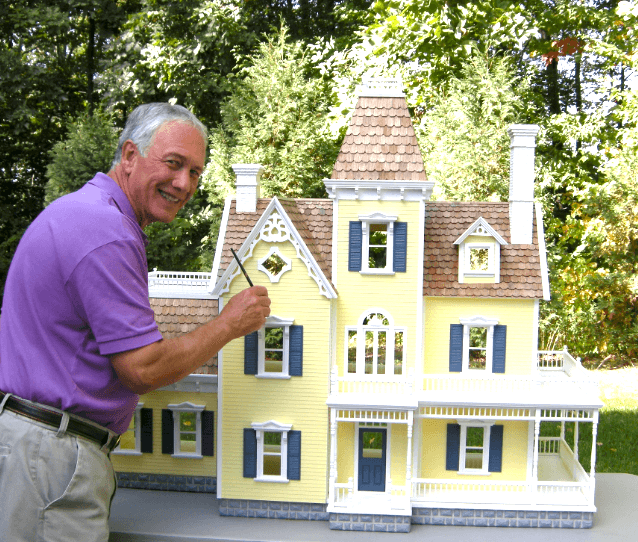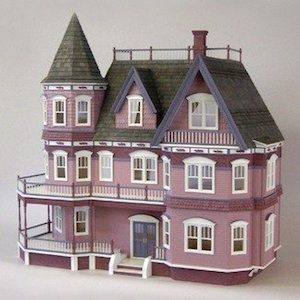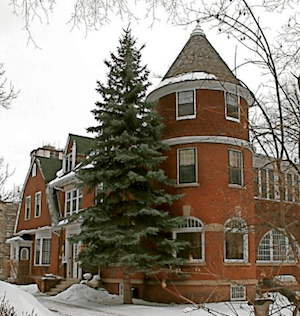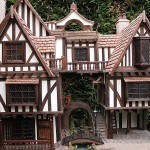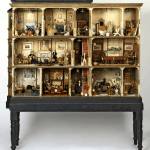Queen Anne Mansions
Queen Anne mansions represent a type of highly ornamented English architectural style popular from the mid-Victorian era until the Edwardians took over around 1910. The style migrated to North America about the time western cities in Canada and the United States were expanding. It came to represent the ambitious aspirations of the wealthy in the western states and Canada. Smaller versions of the grand mansions filtered down to the middle class, making it the most popular residential style of the late 19th century.
The Real Queen Anne
Queen Anne’s reign in Britain was 1702 to 1714. Her great accomplishment was to unite England and Scotland. She was the last of the Tudor/Stuart line. Queen Anne died without leaving an heir, even though she suffered seventeen fruitless pregnancies.
Yet Another Revival
Richard Shaw, a leading London architect, began building palatial mansions for the wealthy. “Revival” styles were all the rage. Gothic, Classical, Greek revivals had their place in the sun. Elizabethan and Jacobean styles were well established. Shaw seems to have chosen Queen Anne Revival as a brand name for his designs because he liked the sound of it, and to fit in with what the market expected.
So Many Categories
The Victorian style has many categories. The Queen Anne style became popular about mid-way in Queen Victoria’s reign, and it has sub-categories. Here are the four most recognized, as listed in About Home:
Spindled Queen Anne – This is the style we most frequently think of when we hear the term, Queen Anne. These are gingerbread houses with delicately turned porch posts and lacy, ornamental spindles. This type of decoration is often called Eastlake because it resembles the work of the famous English furniture designer, Charles Eastlake. (See a list of Elements below).
Free Classic Queen Anne – Instead of delicate turned spindles, these homes have classical columns, often raised on brick or stone piers. Like the Colonial Revival houses that would soon become fashionable, Free Classic Queen Anne homes may have Palladian windows and dentil moldings.
Half-Timbered Queen Anne – Like the early Tudor style houses, these Queen Anne houses have decorative half-timbering in the gables. Porch posts are often thick.
Patterned Masonry Queen Anne – Most frequently found in the city, these Queen Anne houses have brick, stone, or terra-cotta walls. The masonry may be beautifully patterned, but there are few decorative details in wood.
Elements of the Queen Anne Style
asymmetrical rooflines
steeply pitched gable or compound hip roofs
corner turrets with conical or domed roofs
ornamented gable ends
large corbeled brick chimneys
wrap-around verandas
ornamented and highlighted surface textures
bay windows
extensive wood trim
drop siding, patterned shingles, moldings, porch and eave brackets, gingerbread styling
finials and roof crests
Resources
If you really want to go in depth in the Queen Anne style, www.OntarioArchetecture.com is worth a visit. Shannon Kyles created this site; her photographs of real homes are outstanding. This is a terrific resource for dollhouse miniaturists seeking authenticity.
Susan Downing, with Patrick Owens
_________________________________________________________________________
I invite you to visit my Etsy Shop where I offer many accessories and pieces of furniture in 1:12 scale.


